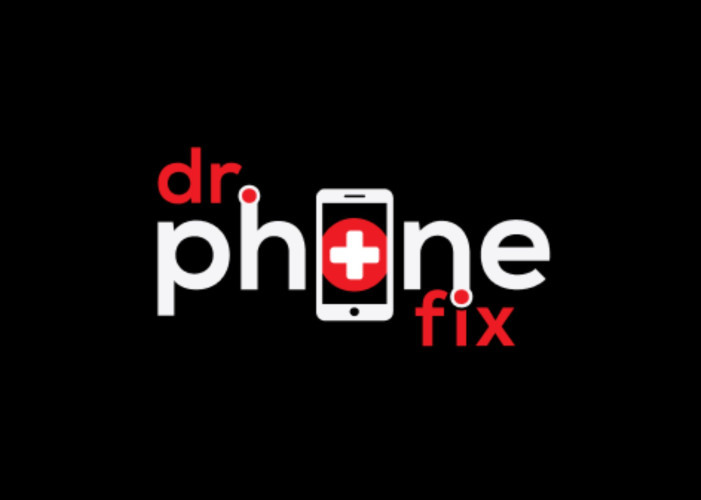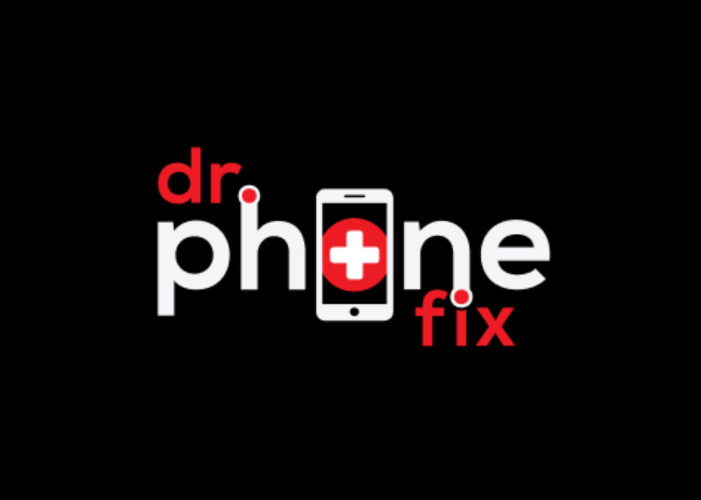Today, paying special attention to safeguarding data from cyber attacks and cyber threats that are impossible to address and trace is critical for small to large-scale businesses. All enterprises must use advanced and improved security plans to protect data and prevent data loss. Where there are no proper security measures, they can have a negative impact on their business.
Choosing the right and most effective Data Protection is really worth the effort and time while providing the utmost security assurance with respect to essential information and files. Having the right Security in place within enterprises means that you are able to detect and mitigate security vulnerabilities in advance so that they do not cause massive damage.
If you are unaware of how data should be protected to address business privacy concerns, you have come to the right page. You will need to understand the role of data and its privacy in running modern enterprises. Here we come up with Computer Repair Specialists in Prince George that help prevent insightful data from being damaged, misused or stolen through illegal access, data breaches, and unauthorized intrusions.
DLP or Data Loss Prevention,: What is it?
Before digging into the tips and solutions, understand what exactly data loss prevention is. In simple words, DLP refers to using technologies, tools, and techniques to prevent data loss. By using a thorough data loss prevention approach, no one (contractor, employee, or end-user) can accidentally or intentionally harm corporate data.
With DLP security measures, you will be able to implement data security as it provides mechanisms to isolate data adequately. This will eventually shift the priority of Security to that of intellectual property, critical business data, or non-sensitive PII. DLP can also help cope with the governance and regulatory observance required for many types of data bound by PCI-DSS, GDPR, or HIPAA.
Learn five essential and effective tips to prevent data loss
The information listed below is not exhaustive, but it still mentions effective tips and tricks that enterprises and owners use for data loss prevention. In case you’re not satisfied with our information, find a computer repair shop near you for professional assistance. Without wasting more time, let's dive deep into our helpful tips:
Database Security
Securing database access is one of the essential elements of DLP. For safeguarding database access, you need to know the best practices listed below:
Strengthen Security with severe Database Access Management
The first advice for you is to keep track of the users generated in the database. You need to restrict their access control to stored procedures, tables, views and more which has implications for overall database security. Also, you are advised to have a thorough oversight of what you are accessing, whether it is to modify data, create data, view data or delete data. Also, you are advised to thoroughly inspect what they have access to, be it modifying data, creating data, viewing data or deleting data. By doing this, you will be able to implement stricter access measures to prevent data loss and ensure Security. Also, make sure that the single database flow doesn't affect your overall system.
Database Hardening for Robust Protection
By hardening the database, one is able to prevent losses as it helps in securing the database easily. If some services or features are not in use, uninstall or disable them immediately. Be sure to select features and services that are essential to your operations. Having a powered access control system provides robust protection and leads to database hardening by restricting access. Also, it enables the user to access, to the minimum extent possible, only those applications or functions that require access to perform their roles and responsibilities.
Ensuring Confidential and Secure Communication
In most scenarios, enterprises use multiple kinds of methods to communicate, such as services, APIs, and a lot more. While a few of them are safe for being encrypted and authenticated, some are unsafe for being unencrypted and unauthenticated. Make sure communication is done over the private network, which must be secure to prevent data loss.
Implementing a Robust Password Policy for Enhanced Security
As a vital part of authentication mechanisms and access control, passwords should be strong and hard to guess. But, they should have accessed it with limited permissions. However, enterprises often enforce multi-factor authentication to strengthen safety and meticulously restrict user privileges.
Integrate into SIEM or Security Incident and Event Management Tools
Ideally, SIEM is a set of tools and services that enable the user to gain comprehensive insights. In addition, it can help analyze activities and logs from myriad sources in an IT environment, pulling together and tracing events.
Best of all, it provides a real presence in the information security systems of enterprises. SIEM software and tools usually appear with dashboards and methods to deal with safety issues and alerts, respectively.
By owning SIEM tools, enterprises will be able to monitor network security information sources, such as firewalls, operating systems, intrusion prevention systems, servers, and antivirus software. As a result, this will allow you to quickly address security incidents before they become risky or a major threat to your informative files and data. You can visit a nearby Computer Repair Shop in SW Calgary to gain comprehensive knowledge about SIEM tools and software.
Shielding Your Devices from Physical Threats (hardware safety)
Keeping hardware secure is vital to prevent your data from being lost or stolen. However, hardware has a major role in trusting ES and integrated circuits, as well as ensuring authenticity. The three major physical Security of hardware includes surveillance, access control, and testing. To safeguard your devices from physical threats and attacks, you should keep a few things in mind, which include the following:
- Make sure not to have direct access to USB consoles because they are the primary resource to offer access to important data.
- Assemble the server and relevant security equipment in a locked, restricted-access location.
- Keep fire-replaceable units or customer-replaceable units in a secure, locked location. Also, restrict direct access to the location to every other person or only to authorized personnel.
- Limit access to hold-plug and hot-swap devices because they can be easily removed.
- Assemble anti-theft devices, which are usually triggered by sounding an alarm when the system is turned off without the owner's permission.
- If you utilize your own servers, they should be stored in a secure and safe place.
Staying Ahead with Software Updates and Patching
Patching is an important factor in enterprises' data loss prevention plans, whether you run a small-scale enterprise with software and a few devices or a large-scale business with substantial devices and users. Undoubtedly, hackers and mysterious attackers are constantly updating with security vulnerabilities.
The reason behind this is that they like to use these vulnerabilities to harm your system, leak sensitive information and modify the information in the database and spoil the integrity of your business.
You need to be aware of it to keep your data away from such possibilities. One of the best and most successful ways to protect your information from attackers or illegal users is by keeping your software up to date.
Doing so also helps in fixing security vulnerabilities found in the software. Regular updates protect your enterprise from the impact of data loss and the cost and risk of server downtime. Keep in mind that updating software provides security patches and improved and new features that can enhance overall Security.
Safeguarding Your Information with Regular Backups
Another defense in DLP is a data backup is having data backups on a regular basis. This is quite helpful, especially in the case of ransomware. By doing so, you will be able to form continuity and be assured of utmost protection against data loss.
To attain regular backups, you need to implement a strategy that can safeguard your enterprises by restoring or recovering your information that has been lost or corrupted. More than that, you must have enough offline backups.
Consider your backup solution
Make sure the backup solution you have works adequately and recovers data as quickly as possible in case of an emergency. Enterprises should initially ensure that the data backup contains the latest information. We also advised you to do a restore test after day-to-day backup to check whether all information is successfully copied and verified. To do so, you can get assistance from professionals working at Computer Repair Store in Medicine Hat
Diversification in data backups
By diversifying your company's data backups, you will be able to protect your data at some point, as copies of the data will already be sent to different locations. You can look for a variety of storage and data backup solutions, including virtualization, local drives, and cloud backup systems. Plus, you can protect your organization's interests during disasters or data breaches.
Bottom Line!
To conclude, we recommend following the aforementioned if you suspect your organization's data may be at risk. Also, you should educate your employees and let them help you understand the security measures. Keep them updated with the latest cyber security attacks and guide them on how to deal with them by conducting awareness training programs.










